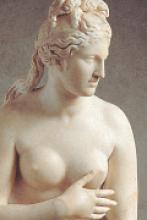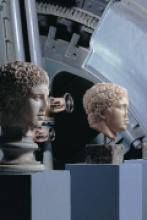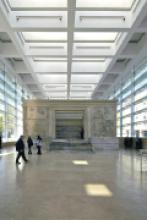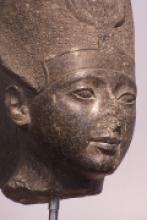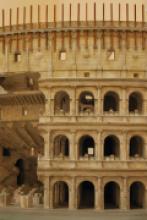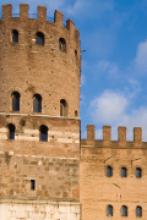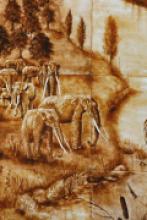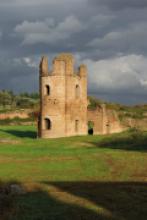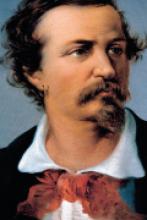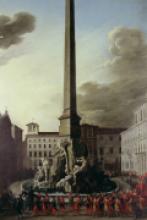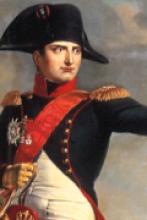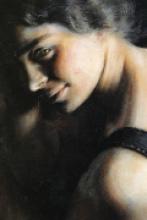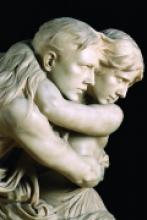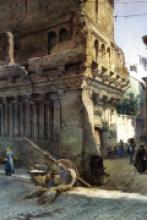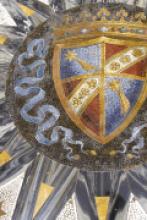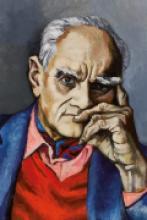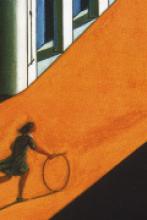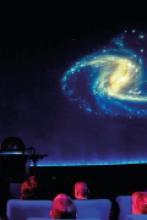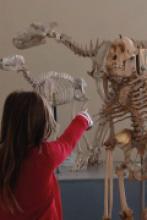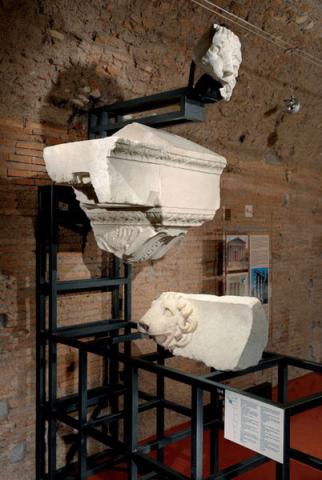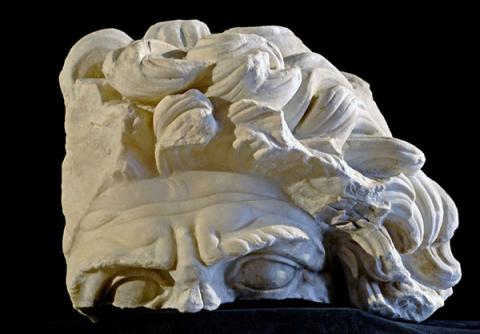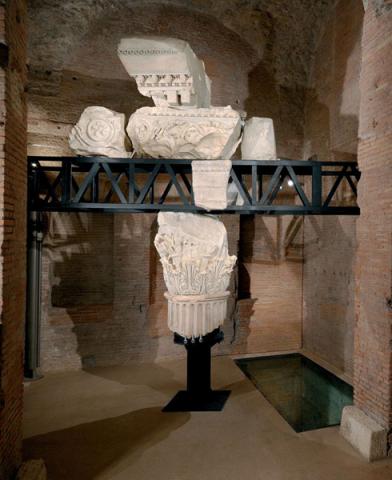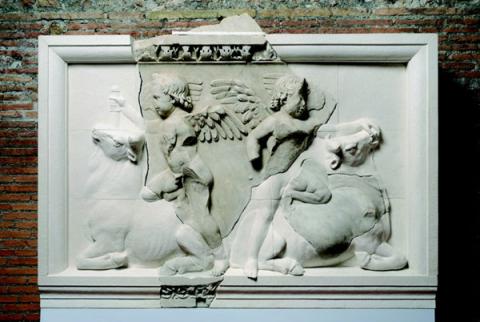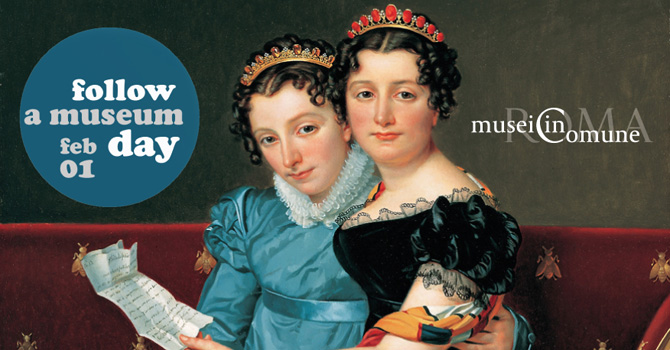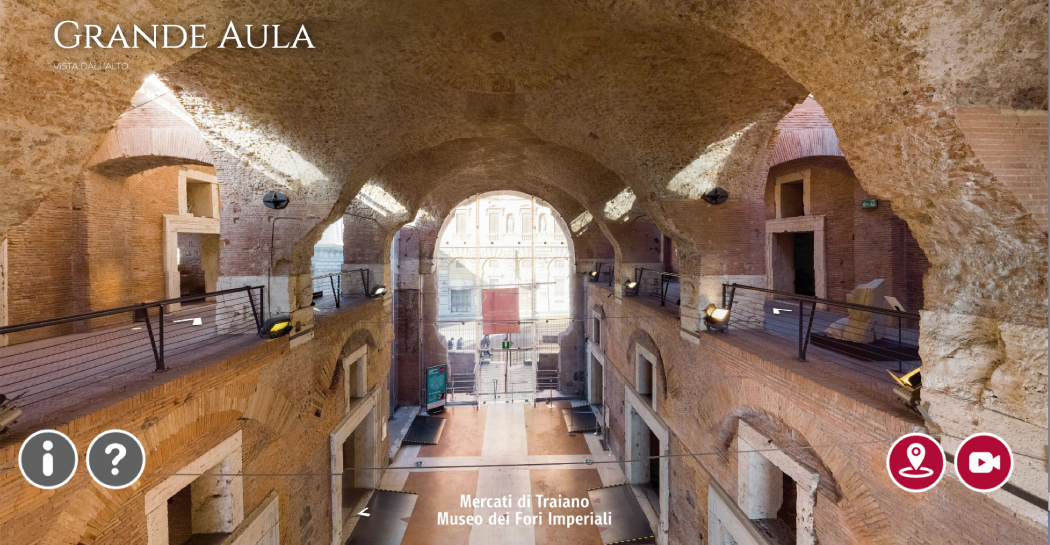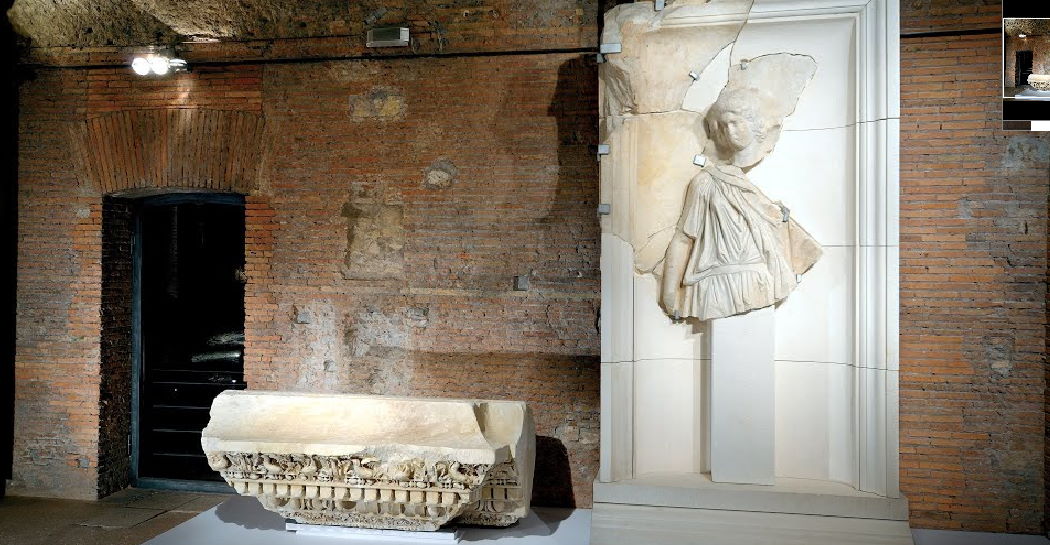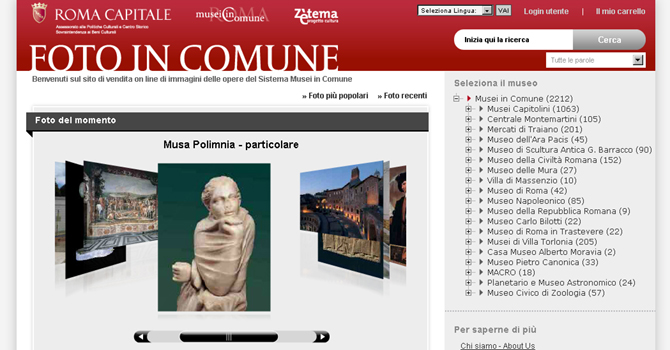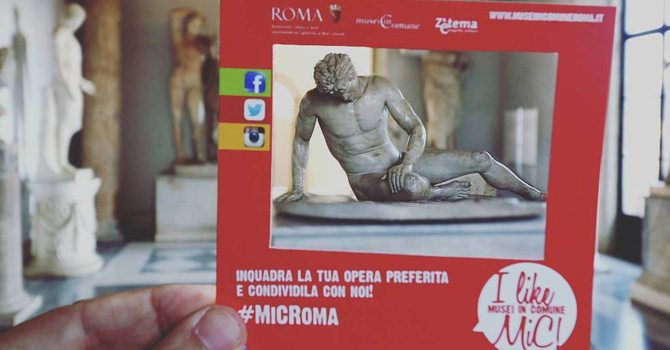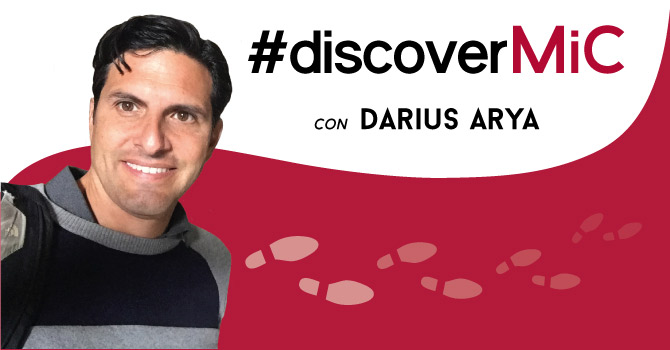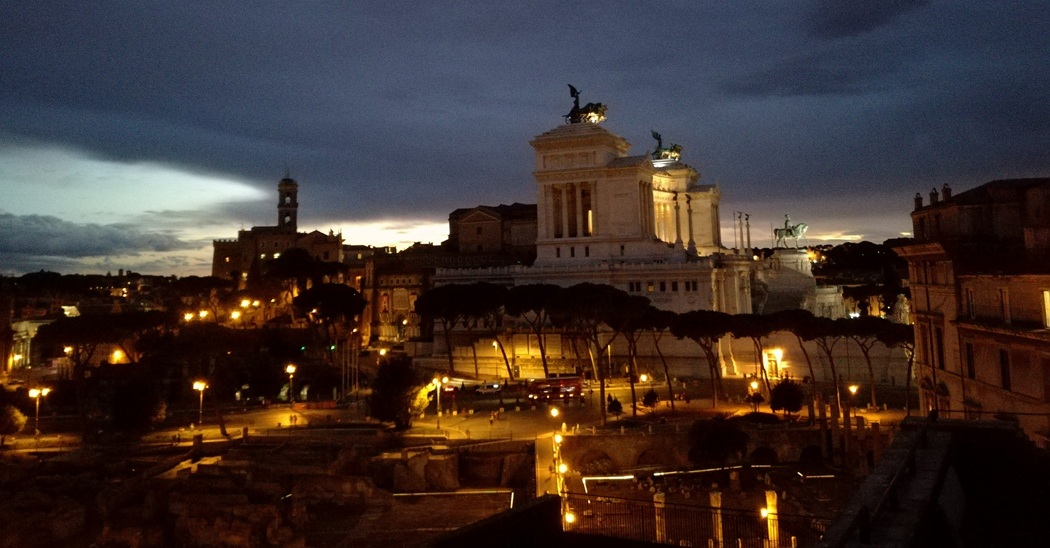Online exhibitions
The Online Exhibitions section, created during the period when museums were closed, offers at the visitors the opportunity to learn more through the video stories of the museum organisers.
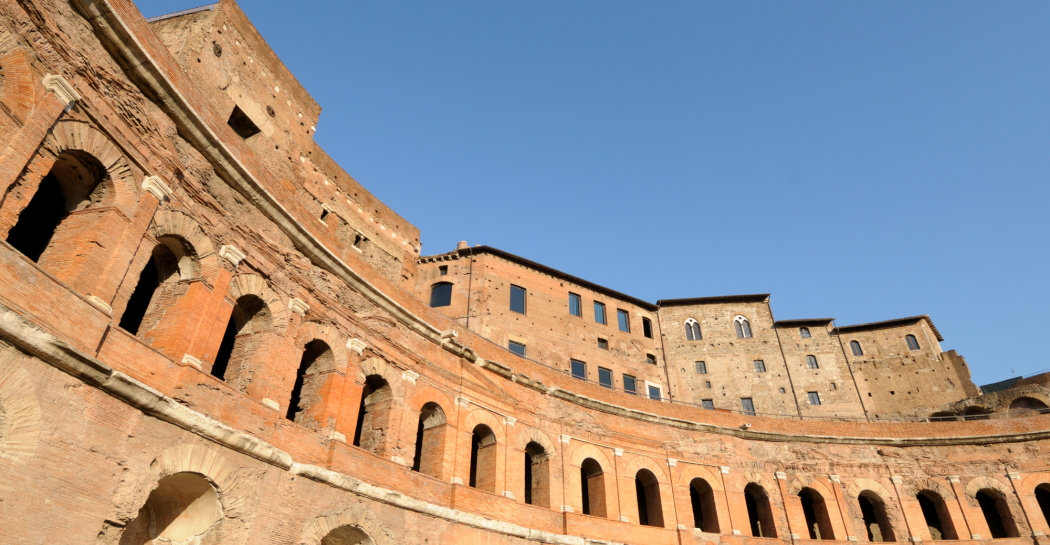
EXHIBITION Imago Augusti. Due nuovi ritratti di Augusto da Roma e Isernia
The exhibition includes two previously unpublished portrait heads of the Emperor Augusto recently discovered during the archaeological excavations (years 2019 and 2021) in Roma and Isernia. An ideal and iconographic exchange between two marble sculptures, the portrait of the young Ottaviano, who later became Augusto, and the portrait of the first emperor of Roma already honoured with the name Augusto, who became part of his name. To allow better accessibility to the contents of the exhibition, videos were created with translation in LIS and videos subtitled in English with special characters for dyslexic people.
Videos subtitled in English with special characters for dyslexic people
Imago Augusti | #1 Introduction [EN]
Imago Augusti | #2 Introductory panel – Concept [EN]
Imago Augusti | #3 Isernia: the discovery of the Portrait of Augustus [EN]
Imago Augusti | #4 Rome: the discovery of the Portrait of Octavian Augustus [EN]
Imago Augusti | #5 Rome: The Portrait of Octavian from Via Alessandrina [EN]
Imago Augusti | #6 Isernia: The Portrait of Augustus from Via Occidentale [EN]
Imago Augusti | #7 The restoration of Portraits from Rome and Isernia [EN]
Video with translation in LIS
Imago Augusti | Augusto allo specchio [Video LIS]
Imago Augusti | Introduzione [Video LIS]
Imago Augusti | Concept [Video LIS]
Imago Augusti | La scoperta del Ritratto di Augusto di Isernia [Video LIS]
Imago Augusti | La scoperta del ritratto di Ottaviano Augusto di via Alessandrina [Video LIS]
Imago Augusti | Il ritratto di Ottaviano Augusto di via Alessandrina [Video LIS]
Imago Augusti | Il ritratto di Augusto da via Occidentale [Video LIS]
Imago Augusti | Il restauro dei ritratti di Isernia e di Roma [Video LIS]
Audiodescriptions
Audiodescription of the portrait with Ottaviano Augusto in Via Alessandrina
Audiodescription of the portrait Portrait of Augusto from Isernia
EXHIBITION Civis, Civitas, Civilitas
An original video account of the exhibition Civis, Civitas, Civilitas. From the Mercati di Traiano - Museo dei Fori Imperiali, editor Claudia Cecamore guides us on a journey through the spaces and buildings of the cities of the Empire through the plaster models of the Museo della Civiltà Romana.
As part of the exhibition Civis Civitas Civilitas. Roma antica modello di città (Ancient Rome as a model of the city), a series of online lectures were held, illustrating different aspects of Roman architectural typologies, their diffusion in the territories of the Empire and their political and social meaning.


